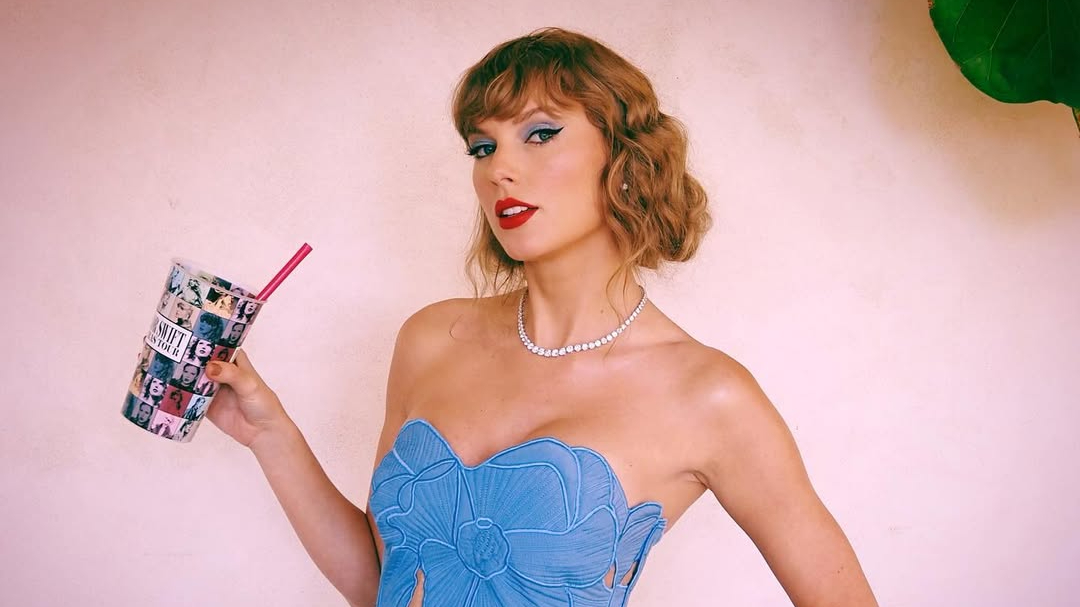From Country Star to Global Brand: How Taylor Swift Built an Empire
Taylor Swift is not only one of the biggest artists in the world—she is one of the most successful brands of the 21st century. From humble beginnings in country music to becoming a billionaire through record-breaking tours, re-recorded albums, and an ironclad control of her brand, Swift has transformed herself into a living case study in business strategy. Her latest album release is not just a cultural event; it’s a business move carefully designed to expand her empire. Her partnership with Franklin Studio is a prime example of how she strategically blends creativity with financial power to expand her empire. This kind of reinvention and growth is what makes her story a blueprint for brand-building at the highest level.
The Career Evolution: Reinventing Herself With Each Era
When Taylor Swift entered the music scene in 2006 as a teenage country artist, few imagined she would redefine global pop culture. By 2014, she made a bold pivot with the release of 1989, officially crossing into pop music. This shift wasn’t only about sound—it was a strategic rebrand that widened her audience and cemented her as a global superstar.
Each subsequent album became a new “era,” with its own aesthetic, sound, and storytelling. From the bold, rebellious Reputation era to the indie, stripped-down Folklore during the pandemic, Swift proved her ability to evolve without losing her core identity. This constant reinvention is not accidental—it is a textbook example of brand agility in action.

Taylor Swift
The Battle for Ownership: Turning Setbacks Into Power Plays
One of the defining business moments of Swift’s career came in 2019, when Scooter Braun acquired her original masters. Instead of ceding control, Swift launched a bold counter-strategy: re-recording her old albums under the “Taylor’s Version” banner.
This move was unprecedented in music business history. It allowed her to regain ownership of her catalog, shift fan loyalty toward her re-recordings, and devalue the originals owned by her former label. It also sent shockwaves through the industry, inspiring other artists to demand more ownership of their work. For fans, it became more than music—it was a rallying cry, aligning Swift’s personal battle with a broader fight for artist rights.
By 2024, re-recordings like Red (Taylor’s Version) and 1989 (Taylor’s Version) had topped charts globally, proving that her business instincts are as sharp as her songwriting skills.
Brand Strategy: Storytelling, Exclusivity, and Control
What makes Taylor Swift’s brand strategy so effective is her mastery of narrative. Every album tells a story, every era carries its own look and feel, and every move is seeded with Easter eggs that invite fans to engage deeply. Rather than treating listeners as customers, she turns them into participants in her story.
Her use of exclusivity—such as limited-edition vinyls, surprise drops, and exclusive merchandise—mirrors strategies used by luxury fashion brands. These tactics generate hype, scarcity, and urgency, ensuring her products sell out instantly.
Swift also controls nearly every aspect of her distribution and image, from social media posts to direct engagement with fans. In doing so, she reduces reliance on traditional media and instead creates a direct-to-consumer relationship that most corporations can only dream of replicating.

Taylor Swift and her partner, Travis Kelce
Beyond Music: Fashion, Politics, and Philanthropy as Brand Extensions
Taylor Swift’s brand is bigger than her music catalog. Her fashion choices—whether vintage sundresses in her early years or bold sequin bodysuits during the Eras Tour—are calculated extensions of each era’s identity. She has turned fashion into a narrative device, reinforcing her brand at every turn.
Since 2018, Swift has also taken deliberate steps into politics, speaking out on women’s rights, LGBTQ+ issues, and democratic participation. While risky for some public figures, this move only deepened her connection with her audience, proving that authenticity is one of the strongest brand currencies.
Her philanthropy, including major donations to education and disaster relief, also strengthens her reputation as more than just an entertainer. Each move adds depth to her brand, positioning her as an artist with purpose.
The Billion-Dollar Empire: Wealth Built on Strategy
According to Forbes, Taylor Swift’s net worth surpassed $1.3 billion in 2024, making her one of the few entertainers to join the billionaire class primarily through music and touring. The Eras Tour alone has generated billions in revenue, boosting not only her personal fortune but also local economies in every city she performs in.
Unlike many artists who rely heavily on endorsements, Swift’s empire is built on ownership and control—of her music, her image, and her business decisions. Her real estate portfolio, savvy merchandising, and strategic partnerships only add to her financial strength.
Related: Taylor Swift’s Former Cape Cod Mansion Lists for $14.5M

Why Taylor Swift Is a Marketing Genius
Taylor Swift’s genius lies in her ability to blend authenticity with strategy. She crafts personal stories that resonate universally, maintains strict control over her brand, and creates immersive experiences that turn fans into loyal advocates. By rebranding with every era, she ensures her longevity in an industry where reinvention is survival.
Her story is not just about music—it’s about how an individual can build, protect, and scale a global brand. For entrepreneurs, CEOs, and marketers, Taylor Swift is more than an icon—she is a case study in 21st-century brand strategy.
Related: 2024’s Private Jet Lifestyle: Which Celebrities have set the record?
Related: Sydney Sweeney’s Risky Business: Can Hollywood’s Starlet Build a Brand Empire?















